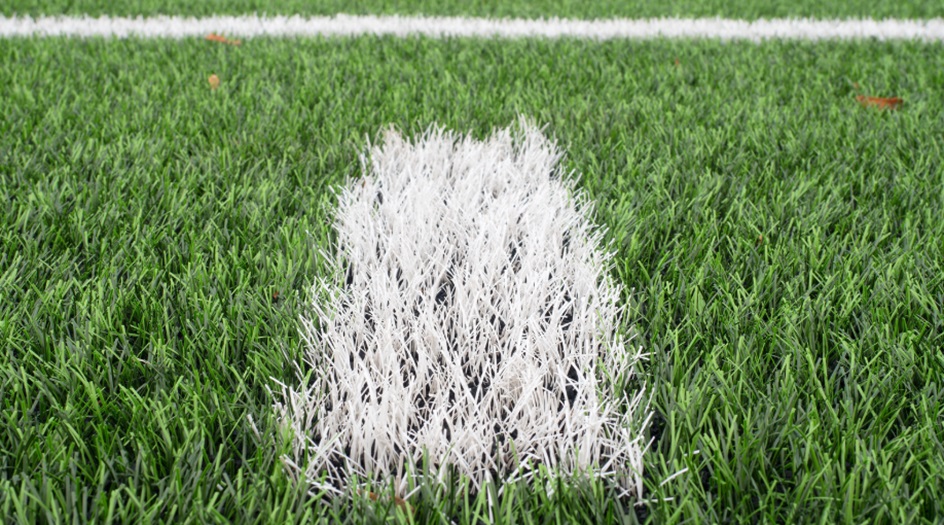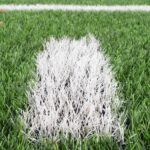
Selecting the correct marking paint is essential for delivering clear, lasting lines across various field types. Whether it’s natural turf, synthetic grass, or temporary surfaces, the paint you choose directly impacts visibility, durability, and overall performance. With aerosol options becoming more common, understanding their advantages and application standards is key for professional-quality results.
Many groundskeepers and facility managers now turn to aerosol field marking paints for convenience and precision. These paints are known for quick application, reduced overspray, and compatibility with a wide range of sprayers. Their pressurized delivery ensures even coverage, which is especially useful on textured or uneven surfaces. However, not all aerosol products are formulated the same—some are better suited for hard surfaces like asphalt, while others are optimized for grass or artificial turf.
Surface Type and Paint Compatibility
The type of field you’re working on greatly influences which product will perform best. Natural grass fields require flexible formulas that won’t damage turf or inhibit growth. On the other hand, synthetic turf benefits from fast-drying options that adhere without staining or clogging fibers. For parking lots or multipurpose courts, high-opacity variants with superior adhesion are ideal.
In the case of sports facilities that require frequent updates or multi-sport adaptability, selecting the appropriate soccer field marking paint ensures that reapplications don’t build up or damage the base surface. Paints for these settings should offer temporary visibility while being easy to remove or layer over.
Quantity, Coverage, and Efficiency
One of the most common challenges for field operators is calculating how much product is needed for a given area. Misjudging this can lead to waste or running short during the job. Several factors affect this, including nozzle size, walking speed, and field texture. Field size and layout also play a role—some designs have more complex line patterns requiring additional coverage.
Understanding how much aerosol paint I need for a football field can provide practical guidance in planning. While no one-size-fits-all formula exists, standardized estimates based on field dimensions and paint volume can reduce guesswork and ensure consistent results without overuse. These insights are particularly helpful for managing resources across multiple fields during peak sports seasons.
Weather and Application Conditions
Aerosol performance is closely tied to environmental factors. Ideal conditions include mild temperatures, low humidity, and calm winds. Cold or overly humid environments can affect spray consistency and drying time. Always shake the cans thoroughly and test spray on a small area before starting to ensure even application.
Working during cooler hours—early morning or late afternoon—can also improve drying efficiency and reduce glare, making it easier to track lines as you paint. Avoid applying when rain is expected within a few hours.
Conclusion
Choosing the right field paint involves more than picking a color or spray type—it’s about matching product properties with surface conditions, sports requirements, and usage volume. With the growing popularity of aerosol field marking paints, facility managers have access to faster and cleaner application methods. When selected with care and applied under proper conditions, these solutions help deliver professional results that stand up to both competition and climate.






